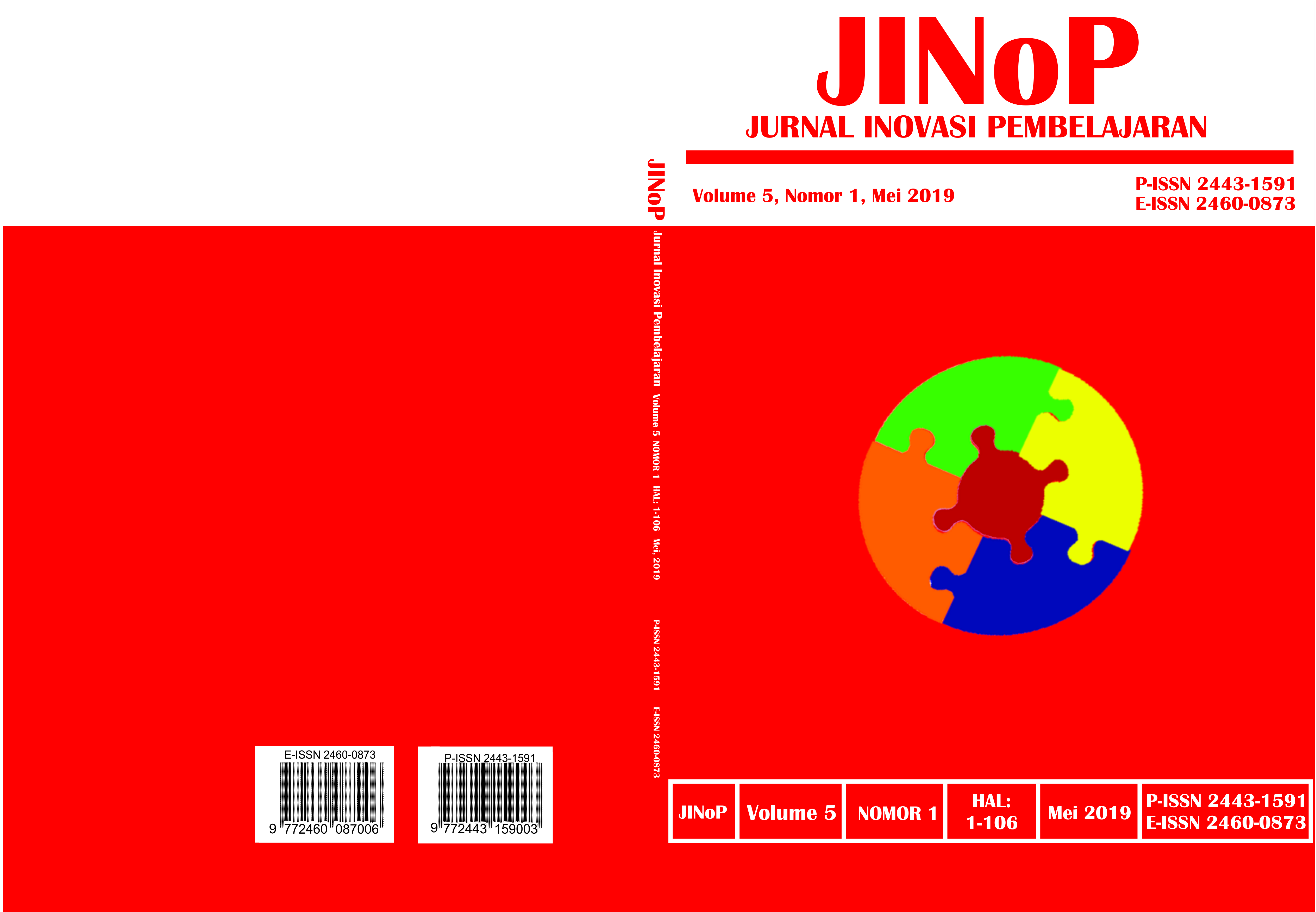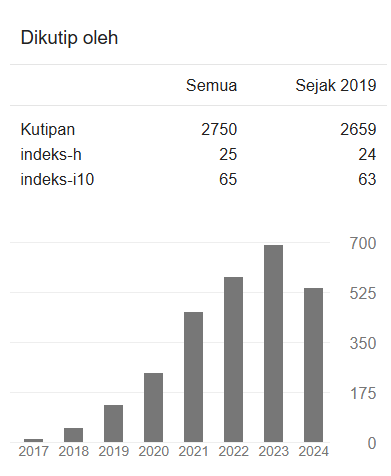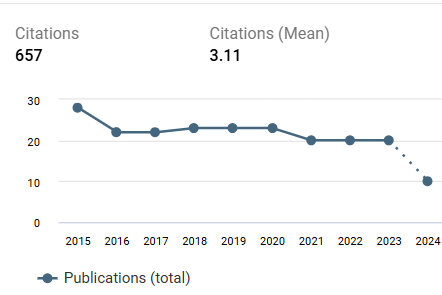KEMAMPUAN MEMAHAMI BACAAN MELALUI TEKNIK SKIMMING DENGAN TAKTIK MENGGARISBAWAHI IDE-IDE KUNCI PADA SISWA KELAS IV SD NEGERI 11 PANGKALPINANG
DOI:
https://doi.org/10.22219/jinop.v5i1.7190Keywords:
Skimming techniques, tactics underlining key ideas, reading comprehensionAbstract
ABSTRACT
Penelitian ini bertujuan untuk mengungkapkan kemampuan memahami bacaan melalui teknik Skimming dengan taktik menggarisbawahi ide-ide kunci pada siswa kelas IV SD Negeri 11 Pangkalpinang. Penelitian ini menggunakan metode penelitian kuantitatif dengan model pra-eksperimental designs. Pra-eksperimental designs yang digunakan yaitu One-Group Pretest-Posttest Design. Penelitian ini dilaksanakan di SD Negeri 11 Pangkalpinang. Populasi penelitian ini seluruh siswa kelas IV yang berjumlah 37 orang. Teknik sampel menggunakan teknik sampel jenuh, maka sampel penelitian ini adalah siswa kelas IV berjumlah 37 orang. Teknik pengumpulan data menggunakan tes dan dokumentasi. Teknik analisis data menggunakan uji normalitas dan uji hipotesis. Berdasarkan hasil penelitian dapat disimpulkan bahwa kemampuan memahami bacaan siswa kelas IV SD Negeri 11 Pangkalpinang melalui penggunaan teknik skimming dengan taktik menggarisbawahi ide-ide kunci meningkat. Hasil tersebut diperoleh dari rata-rata hasil posttest lebih besar dari pada hasil pretest. Demikian juga berdasarkan kriteria pada kurva uji hipotesis Related untuk sampel berpasangan yaitu thitung berada pada daerah penerimaan Ha, maka H0 ditolak, Ha diterima. Dari hasil penelitian diperoleh thitung-5,488 yang berada pada daerah penerimaan Ha.
Kata kunci: Teknik Skimming, taktik menggarisbawahi ide-ide kunci, pemahaman bacaan
ABSTRACT
This study aims to determine the ability to understand reading through the Skimming technique with tactics underlining key ideas in fourth grade students of SD Negeri 11 Pangkalpinang. This study uses quantitative research methods with pre-experimental designs. Pre-experimental designs used are One-Group Pretest-Posttest Design. This research was conducted at SD Negeri 11 Pangkalpinang. The population of this study were all fourth grade students totaling 37 people. The sample technique uses a saturated sample technique, so the sample of this study is 37 fourth grade students. The technique of collecting data uses tests and documentation. Data analysis techniques using the normality test and hypothesis testing. Based on the results of the study it can be concluded that the ability to understand the reading of fourth grade students of SD Negeri 11 Pangkalpinang through the use of skimming techniques with the underlining tactics of key ideas increased. The results were obtained from the average posttest results greater than the results of the pretest. Likewise, based on the criteria on the Hypothesis test curve Related for paired samples namely thitung is in the Ha acceptance area, then H0 is rejected, Ha is accepted. From the results of the study obtained thitung -5,488 which is in the Ha reception area.
Keywords: Skimming techniques, tactics underlining key ideas, reading comprehension
Downloads
Downloads
Published
How to Cite
Issue
Section
License
Copyright Notice
Authors who publish with JINoP (Jurnal Inoasi Pembelajaran) agree to the following terms:
- For all articles published in the JINoP (Jurnal Inovasi Pembelajaran), copyright is retained by the authors. Authors give permission to the publisher to announce the work with conditions. When the manuscript is accepted for publication, the authors agree to the automatic transfer of the publishing right to the publisher.
- Authors retain copyright and grant the journal the right of first publication with the work simultaneously licensed under a Creative Commons Attribution 4.0 International License. that allows others to share the work with an acknowledgment of the work's authorship and initial publication in this journal.
- Authors are able to enter into separate, additional contractual arrangements for the non-exclusive distribution of the journal's published version of the work (e.g., post it to an institutional repository or publish it in a book), with an acknowledgment of its initial publication in this journal.
- Authors are permitted and encouraged to post their work online (e.g., in institutional repositories or on their website) prior to and during the submission process, as it can lead to productive exchanges, as well as earlier and greater citation of published work (See The Effect of Open Access).








